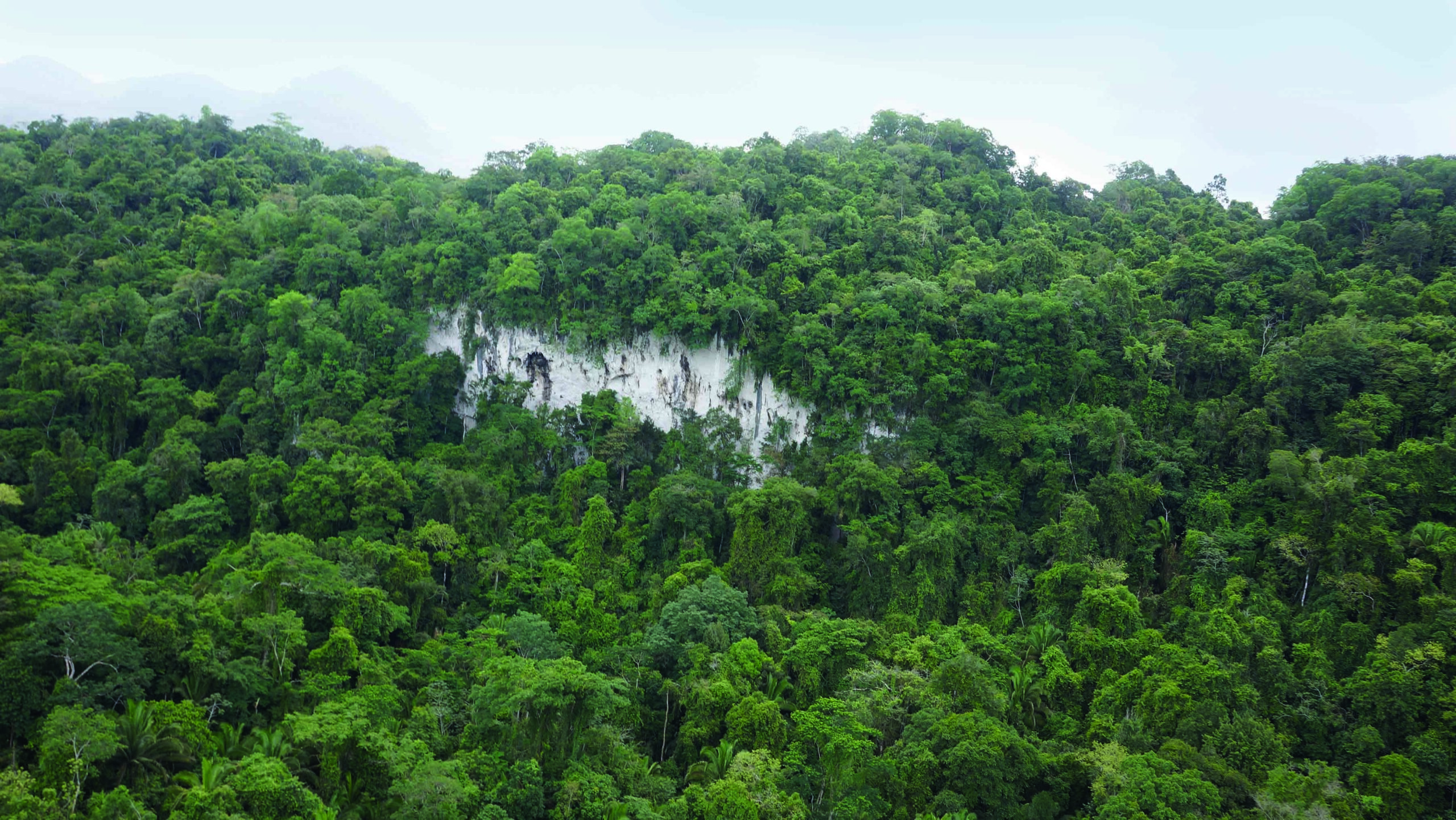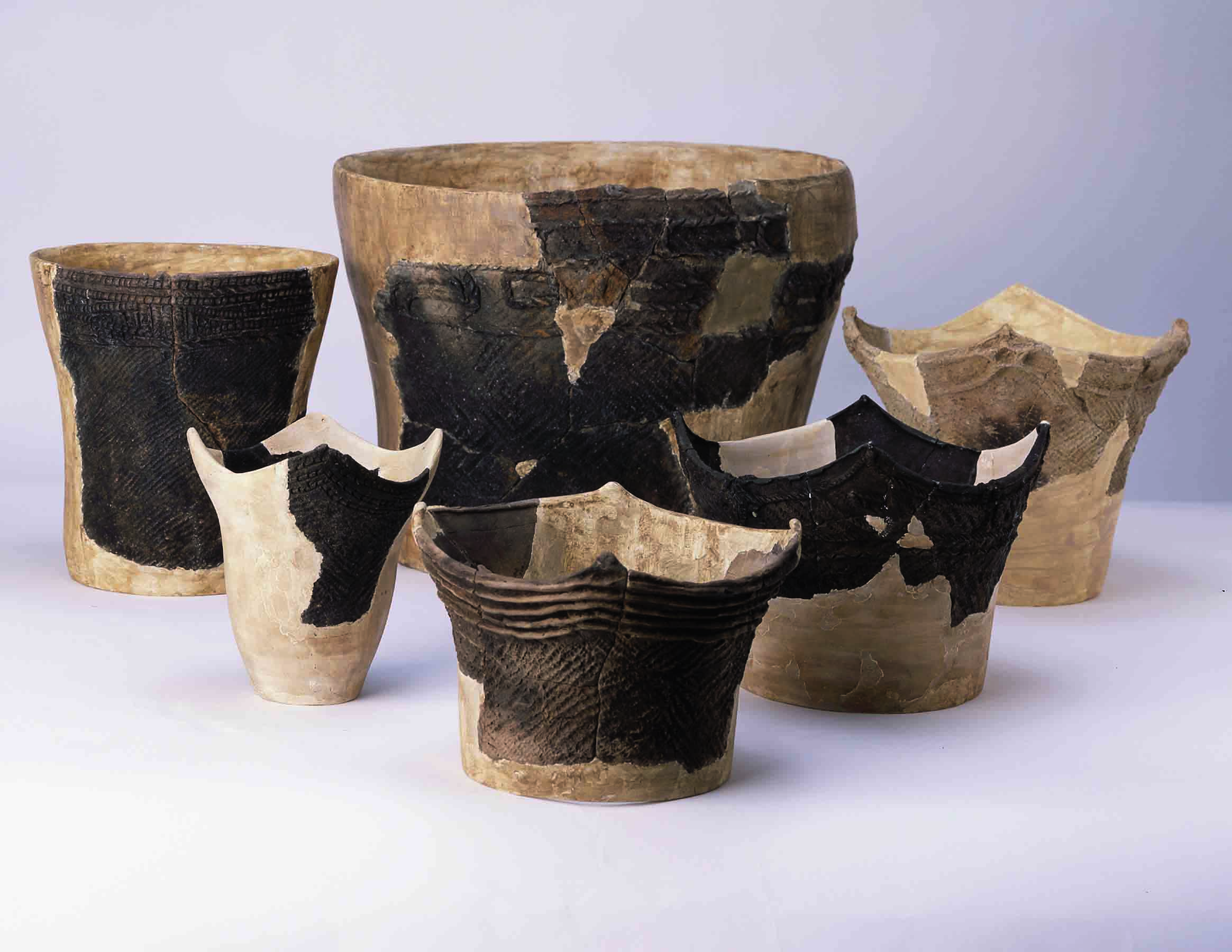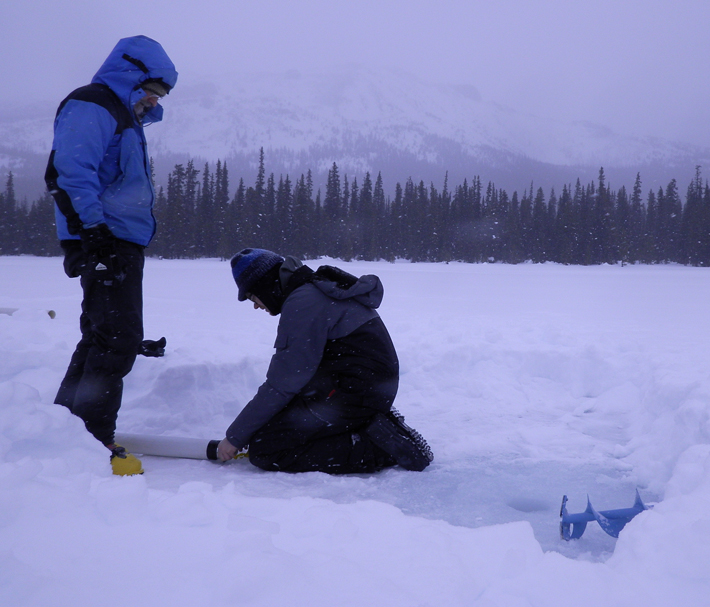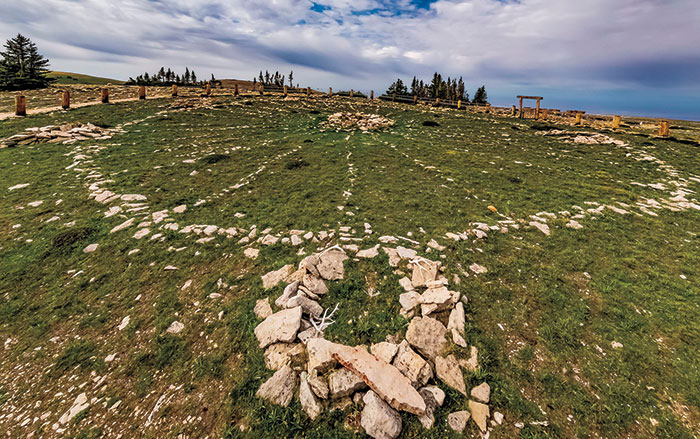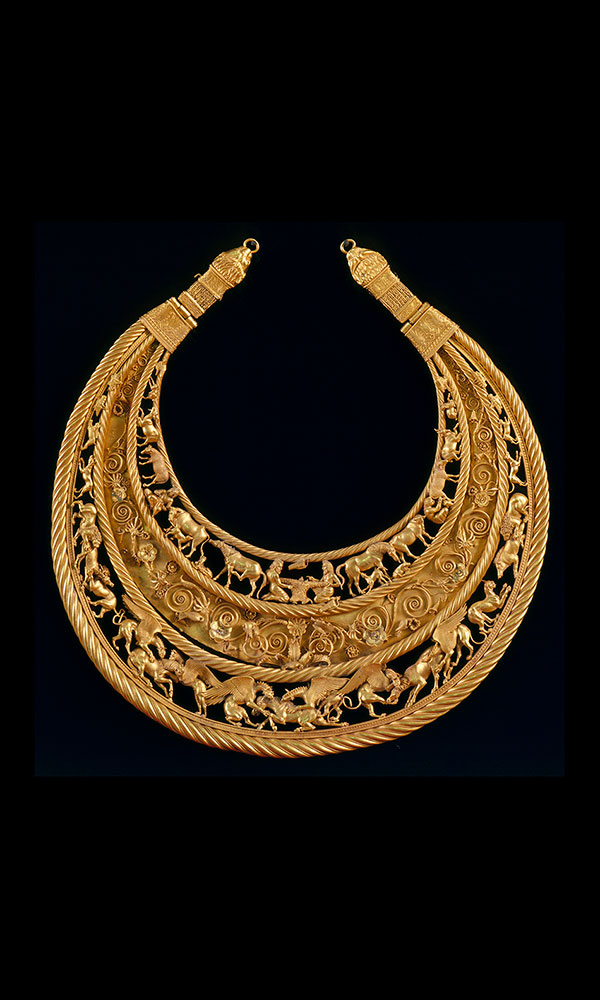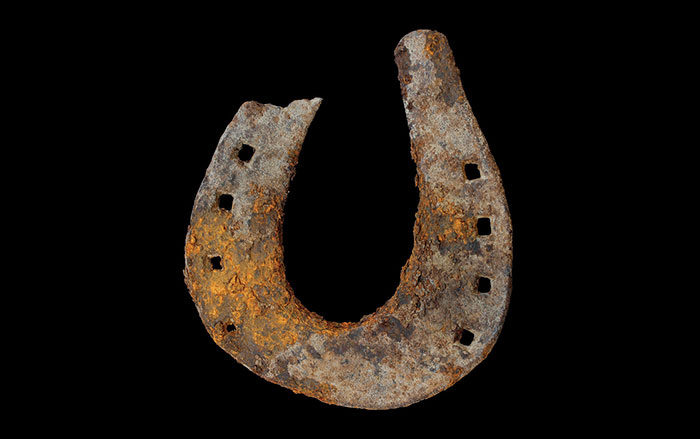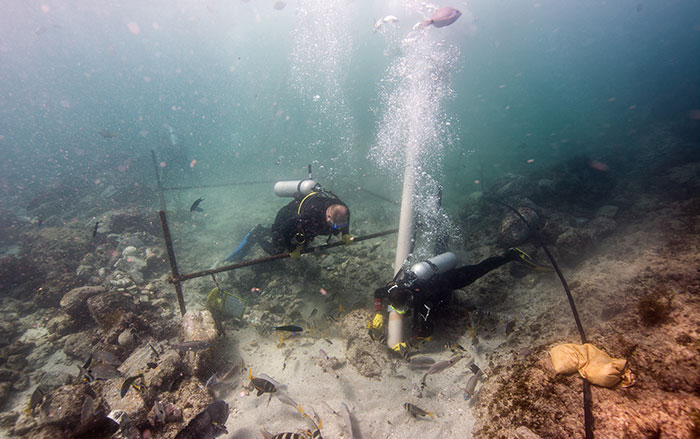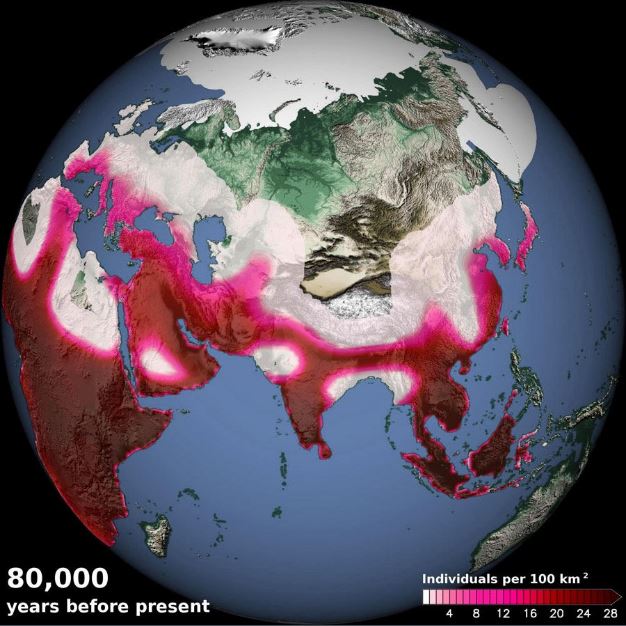
MANOA, HAWAII—Live Science reports that scientists led by Axel Timmermann of the University of Hawaii at Manoa have developed a new computer simulation, spanning a period of 125,000 years, of how rainfall, temperature, sea levels, glacial ice, vegetation, carbon dioxide levels, and the migration patterns of modern humans might have been affected by Milankovitch cycles, or wobbles in the planet’s orbit and tilt that occur every 21,000 years. The model suggests that modern humans may have traveled between northeastern Africa and other parts of the world through periodic “habitable green corridors” in the Sahara and Arabian deserts. Timmermann says these results align with archaeological and fossil data from the Middle East, Europe, Asia, Australia, and the Americas. “If the climate had been constant over the past 125,000 years, we would have evolved in a very different way,” he said. A future version of the simulation will add Neanderthals, interbreeding, cultural exchange, and competition for food into the mix. For more on modern human origins, go to "Our Tangled Ancestry."


